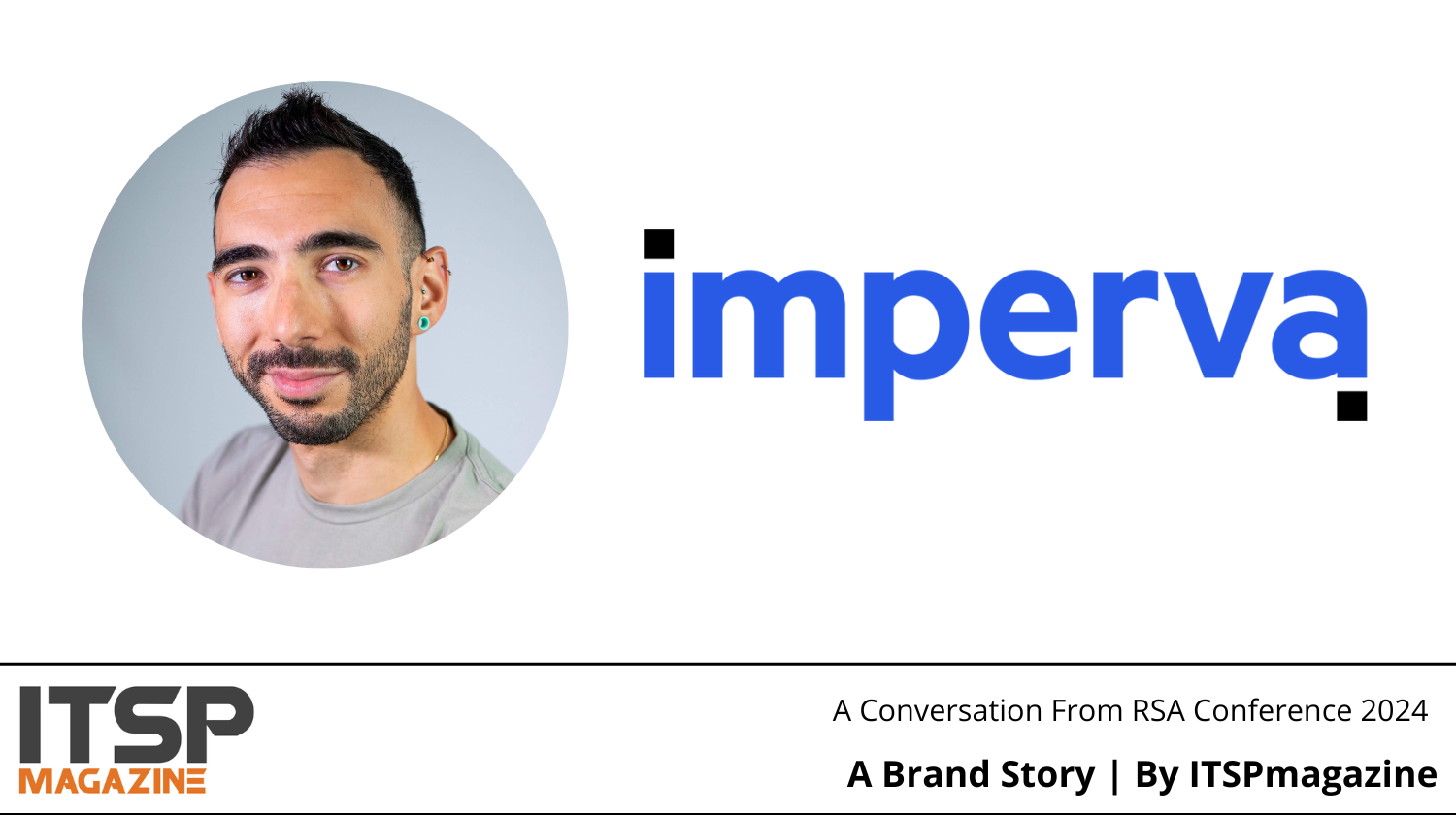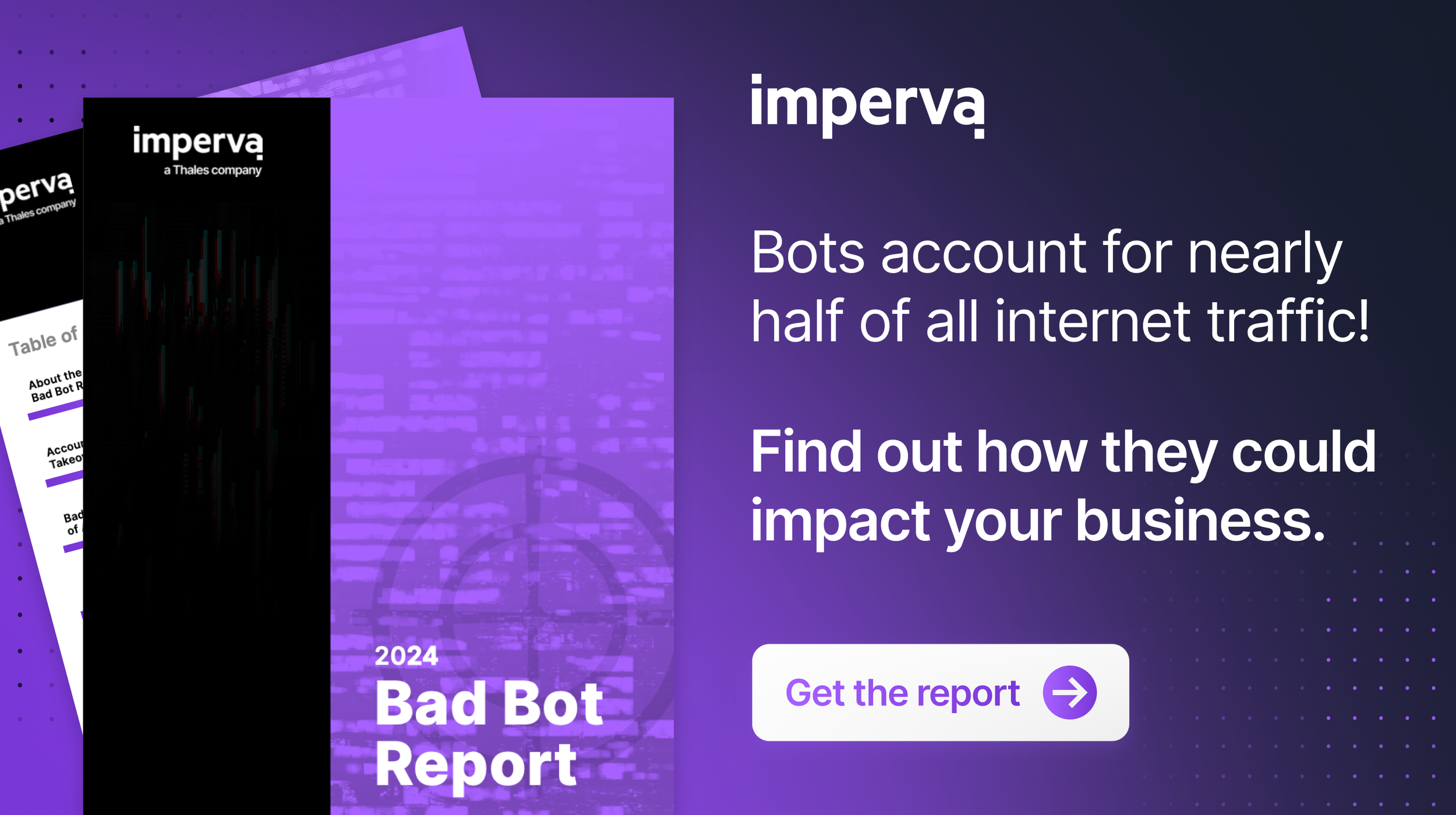The world of cybersecurity never ceases to amaze with its intricacies and challenges. One of the ongoing battles that organizations face is the constant threat posed by bad bots infiltrating the digital landscape. In a recent interview with Sean Martin and Erez Hasson from Imperva, key insights from the 11th edition of the Bad Bot Report were unveiled, shedding light on the evolving nature of automated traffic and the impact it has on various industries.
Unraveling the Bad Bot Landscape
The conversation kicks off with Sean Martin introducing the topic of bad bots and the significance of Imperva's Bad Bot Report in providing insights into the world of automated traffic. Erez Hasson, a senior product marketing manager at Imperva, dives into the details of the 11th edition report, which is based on a staggering 6 trillion blocked bad bot requests processed by the Imperva network over the past year.
Delving into Key Statistics
Erez Hasson elaborates on the critical statistics highlighted in the report, such as the percentage breakdown of automated traffic into bad bots and good bots. The report categorizes bad bots based on their sophistication levels, ranging from simple to advanced (evasive), emphasizing the need for robust bot management strategies to combat sophisticated attacks.
Industry Insights and Use Cases
The conversation shifts towards exploring the impact of bad bots across different industries, with a focus on sectors such as Law, Government, Travel, Airlines, Retail, and Financial Services. Erez emphasizes the need for organizations to understand the sophistication level of bot attacks targeting their industry to effectively mitigate risks and safeguard their digital assets.
Transforming Data into Action
Sean Martin underscores the importance of translating the insights from the Bad Bot Report into actionable strategies for organizations. By leveraging the educational content provided in the report, companies can enhance their understanding of bot-related challenges and tailor their security programs to address potential threats effectively.
AI's Role in Bot Evolution
The discussion moves into the intersection of artificial intelligence (AI) and bot activity, highlighting the increased use of AI-driven attacks, including credential stuffing attacks orchestrated through AI algorithms. The evolving landscape of automated traffic poses challenges for organizations, necessitating a proactive approach to mitigate risks associated with bot-driven activities.
Safeguarding Against Bot Abuse
The conversation touches upon the misuse of bots targeting AI interfaces, leading to increased operational costs for organizations. Additionally, the resurgence of debates around the legality of web scraping underscores the complex nature of combating bot-related activities and protecting proprietary content from illicit scraping practices.
Conclusion
As the conversation draws to a close, a call to action is extended to readers to delve into the insights provided by Imperva's Bad Bot Report and equip themselves with the knowledge needed to combat bot threats effectively. The collaboration between security teams, leadership, and practitioners is essential in implementing robust bot management strategies to safeguard against evolving cyber threats.
By understanding bad bots and automated traffic, organizations can bolster their cybersecurity defenses and stay ahead of malicious actors looking to exploit digital vulnerabilities. The insights shared in Imperva's 11th edition report serve as the base of awareness, guiding organizations towards a more secure digital future.
Learn more about Imperva: https://itspm.ag/imperva277117988
Note: This story contains promotional content. Learn more.
Guest: Erez Hasson, Product Marketing Manager at Imperva [@Imperva]
On LinkedIn | https://www.linkedin.com/in/erezh/







